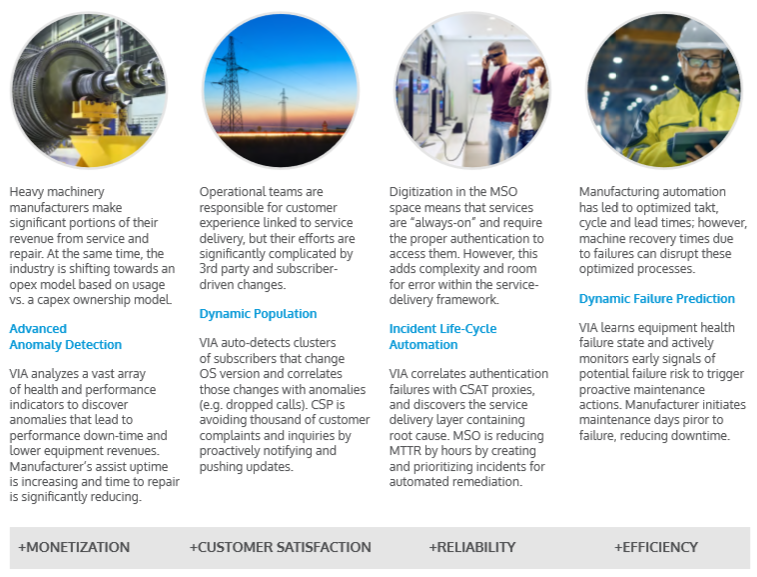Welcome to Vitria News Digest. The Focus of this month's issue is 'MAKING THE TECHNOLOGY WORK FOR YOU!'. Subscribe to learn more...
| | | | | | | Digital Operations is a new way to interact with customers, to create new and disruptive offerings and to achieve tremendous efficiency improvements. Digital operations is the new battlefield. While the last decades have seen totally new marketing and sales models, the upcoming decade will fundamentally redefine how goods and services are being produced and operated. This is fueled by core technology innovations including IoT, big data, streaming analytics and artificial intelligence. These technologies are being leverage to transform operating models. 

Hundreds of billions will be invested in digital operations for the next 5 years. The new digital operation operating model has the following characteristics: - AWARE: Continuous real-time monitoring of operational health and performance, and the correlation with relevant business outcomes such as customer experience, sales, and click rates.
- LEAN: A better utilization of resources by connecting processes and leveraging Artificial Intelligence and automation to lower operating expenses.
- RELIABLE: A focus on predicting faults and automating their resolution to avoid disruption and minimize all defects.
- NETWORK-DRIVEN: Value chains replaced by value networks where the producer of a good or service orchestrates interactions between suppliers, distributors, promoters, and after-sales services.
- MONETIZATION: Using the operational function to create new products and services, often customized or personalized or transforming business models from being product-based to being totally service-driven.
Transformation challenges and road blocks Include: - SCARCE RESOURCES skilled resources in the data sciences are hard to find.
- LEGACY OPERATIONAL SYSTEMS many are simply not fit for purpose to support new use cases that depend upon streaming data, advanced analytics and artificial intelligence.
- INTEGRATION integration within existing processes and technologies already deployed is often problematic.
- VAST QUANTITIES OF DATA finding a way to easily ingest and analyze streaming data, filtering the noise from meaningful information, and interpreting the data to gain business insight.
- DEVOPS AND AGILE TEAMS these areas are developing quickly but are also introducing new areas of failure.
- END-TO-END PROCESS KNOWLEDGE lacking the ability to discern and quantify the impact of process change on all downstream systems.
Digital Operations Outcomes 
Additional research that may interest you:   To continue receiving the Vitria News Digest, Subscribe Here: 
| | | | | | | | | | | | | | | | |

No comments:
Post a Comment